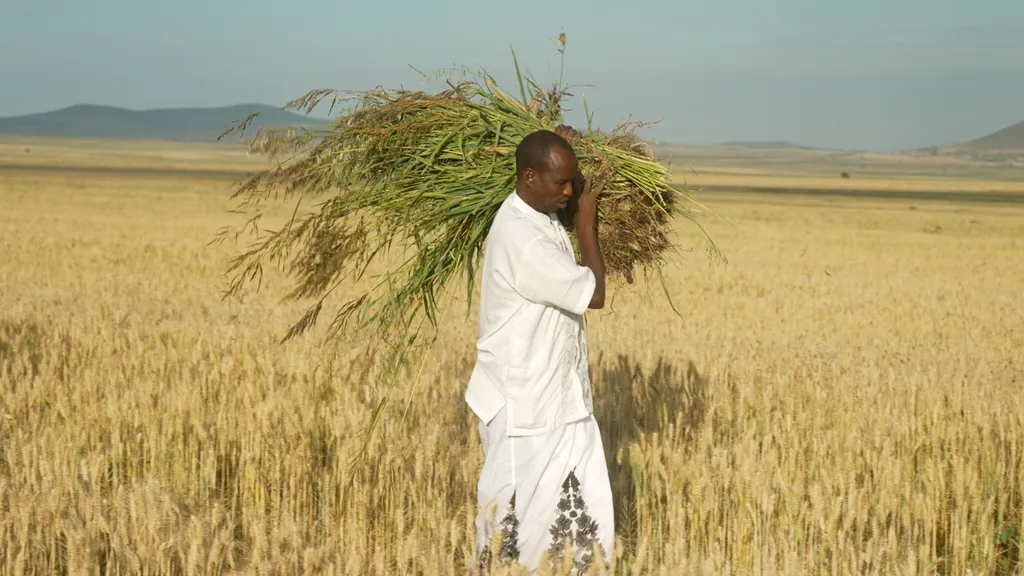In the arid expanses of Eastern Hararghe, Ethiopia, where the rhythm of life is dictated by the whims of the rain, farmers are fighting back against the creeping threat of drought. A recent study, led by Jafer Mume Ahmed from the Department of Agricultural Economics at the Fedis Agricultural Research Center, part of the Oromia Agricultural Research Institute, has shed light on how crop diversification and irrigation practices can bolster household consumption expenditure in these drought-prone areas. The findings, published in *Discover Food* (which translates to *Uncover Food* in English), offer a beacon of hope and a roadmap for policymakers and farmers alike.
Ahmed’s research delves into the heart of the matter, investigating how climate-smart agricultural practices can mitigate the devastating effects of drought on household economies. “Annual consumption expenditure of the households seriously affected by climate shocks in the country where the major livelihood of the community depends on rain-based agriculture,” Ahmed explains. “Adaptation should be key strategy against climate shocks effect.”
The study, conducted in 2023, collected data from 430 households across four randomly selected districts in the Hararghe zone. By employing a two-stage least square model, Ahmed and his team analyzed the impact of crop diversification and irrigation practices on consumption expenditure. The results were revealing: livestock ownership, drought experience, labor, adopting crop diversity, irrigation practices, and household income all positively influenced consumption expenditure. Conversely, factors like market distance, family size, and drought had negative effects.
Ahmed emphasizes the importance of advancing farmers’ knowledge about climate shocks and adoption practices. “It is crucial to more advances farmers and experts’ information on climate shocks particularly drought and adoption practices that minimize drought effects,” he states. This insight underscores the need for targeted education and support for farmers to enhance their resilience against drought.
The implications of this research extend beyond the fields of Eastern Hararghe. For the energy sector, understanding the economic impacts of drought on agricultural communities can inform investments in climate-smart technologies and infrastructure. As droughts become more frequent and severe due to climate change, the demand for innovative irrigation solutions and diversified crop strategies will likely rise. This presents a commercial opportunity for energy companies to develop and deploy sustainable energy solutions tailored to the needs of drought-prone regions.
Moreover, the study highlights the importance of weather-related information services. By providing farmers with accurate and timely weather data, policymakers can empower them to make informed decisions about crop diversification and irrigation practices. This, in turn, can enhance household income and consumption expenditure, creating a more resilient and prosperous agricultural sector.
As the world grapples with the challenges posed by climate change, research like Ahmed’s offers valuable insights into the strategies that can help communities adapt and thrive. By investing in climate-smart agricultural practices and supporting farmers with the necessary knowledge and resources, we can build a more sustainable and resilient future for all.

